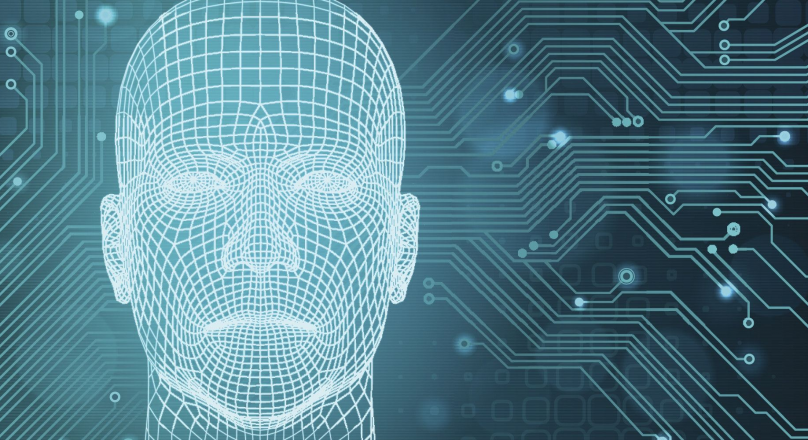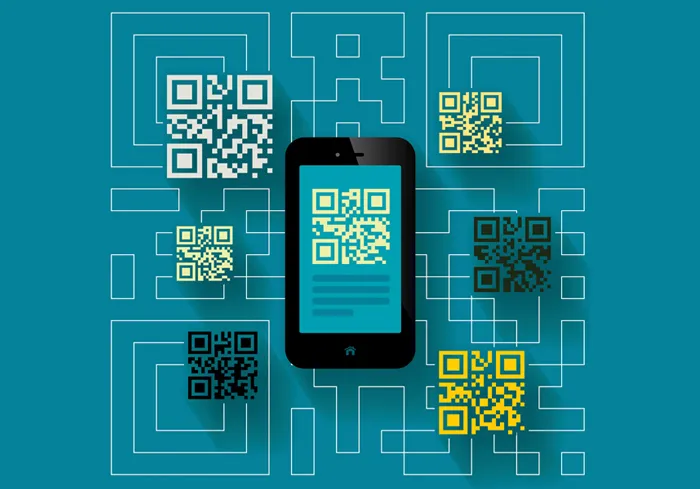Human-Computer Interaction (HCI) has come a long way from traditional keyboard and mouse interactions. The evolution of technology has led to innovative interfaces that redefine how we engage with digital systems. Here are some key aspects of this transformative journey:
1. Natural User Interfaces (NUI):
NUIs aim to make technology interactions more intuitive and natural. Touchscreens, voice recognition, and gesture controls represent a shift towards interfaces that mimic human communication patterns.
Devices like smartphones and smart speakers have embraced NUIs, allowing users to interact with technology in ways that feel more familiar and less constrained.
2. Voice-Activated Assistants:
The rise of voice-activated assistants like Siri, Alexa, and Google Assistant has fundamentally changed how we interact with devices. Users can now perform tasks, ask questions, and control smart home devices using natural language.
The continuous improvement of natural language processing and voice recognition technologies enhances the accuracy and responsiveness of these voice-activated interfaces.
3. Immersive Experiences with Virtual and Augmented Reality:
Virtual Reality (VR) and Augmented Reality (AR) technologies have introduced immersive interfaces that blend the digital and physical worlds. VR creates entirely virtual environments, while AR overlays digital information onto the real world.
From gaming and education to healthcare and design, VR and AR redefine how we experience and interact with information, offering new dimensions of engagement.
4. Brain-Computer Interfaces (BCI):
BCI is at the forefront of futuristic interfaces, allowing direct communication between the brain and computers. Electroencephalography (EEG) and other neuroimaging technologies enable users to control devices with their thoughts.
While still in the early stages, BCI holds immense potential for individuals with disabilities and has implications for enhancing human-computer interaction in diverse fields.
5. Tactile Feedback and Haptics:
The integration of tactile feedback and haptic technologies enhances user experiences by providing a sense of touch in digital interactions. This can include sensations like vibrations, force feedback, and even temperature changes.
From gaming controllers to touchscreens, haptic feedback adds a layer of realism to digital interactions, making them more engaging and sensory-rich.
6. Wearable Technology:
Wearable devices, such as smartwatches and fitness trackers, represent a shift towards technology seamlessly integrating into our daily lives. These devices offer convenient, hands-free interactions and real-time data monitoring.
The integration of health monitoring features, notifications, and smart assistant capabilities makes wearables a central component of the evolving HCI landscape.
7. Gesture Recognition:
Gesture recognition technology enables users to interact with devices through hand movements and gestures. This intuitive interface has found applications in gaming, smart TVs, and public displays.
The evolution of cameras and sensors allows devices to accurately interpret and respond to a wide range of gestures, providing a more natural and interactive user experience.
8. Biometric Authentication:
Biometric authentication methods, such as fingerprint scanning, facial recognition, and iris scanning, are becoming integral to user interfaces. These technologies offer secure and convenient ways to access devices and sensitive information.
The seamless integration of biometric authentication enhances the overall user experience by reducing the reliance on traditional passwords.
As technology continues to advance, the future of HCI holds exciting possibilities. From brain-computer interfaces to immersive realities, the evolving landscape promises interfaces that are not just tools but seamless extensions of human capabilities, fostering a more connected and interactive digital era.
9. Emotionally Intelligent Interfaces:
The future of HCI includes interfaces that can interpret and respond to human emotions. Emotionally intelligent systems leverage facial recognition, voice tone analysis, and other biometric data to gauge user emotions and tailor interactions accordingly.
This development aims to create more empathetic and responsive technology, enhancing user experiences in areas like virtual customer service, mental health apps, and personalized content delivery.
10. Spatial Computing:
Spatial computing involves the use of the physical environment as a medium for interacting with digital content. It encompasses technologies like mixed reality and spatial mapping, allowing users to manipulate digital information within their physical surroundings.
The fusion of the digital and physical realms in spatial computing offers new possibilities for data visualization, design collaboration, and immersive storytelling.
11. Intelligent Automation and Predictive Interfaces:
Intelligent automation involves systems that learn from user behavior and automate repetitive tasks, streamlining workflows. Predictive interfaces leverage AI algorithms to anticipate user needs and provide context-aware recommendations.
These interfaces aim to reduce cognitive load by automating routine decisions and surfacing relevant information, enabling users to focus on more complex and strategic aspects of their interactions.
12. Multi-Modal Interfaces:
Multi-modal interfaces combine various modes of interaction, such as touch, voice, and gesture, to create a seamless and adaptable user experience. These interfaces recognize that users may prefer different modes of interaction in different contexts.
For instance, a smart home system might allow users to control lights via voice commands, adjust temperature through touch gestures, and receive notifications through visual cues, providing a versatile and inclusive interface.
13. Continuous Connectivity with Internet of Things (IoT):
The proliferation of IoT devices contributes to a more connected HCI ecosystem. From smart home devices to industrial sensors, the ability of devices to communicate with each other enhances the overall user experience.
Interconnected devices create a web of contextual information, allowing for more personalized and efficient interactions. For example, a smart thermostat may adjust settings based on both user preferences and real-time environmental conditions.
14. Ethical Design and Inclusive Interfaces:
As HCI evolves, there is a growing emphasis on ethical design practices and inclusivity. Designers are increasingly considering the social and ethical impact of interfaces, addressing issues such as bias in algorithms, accessibility for diverse user groups, and privacy concerns.
Ethical design ensures that technology serves users responsibly, respects their rights, and avoids reinforcing existing societal inequalities.
15. Adaptive Learning Interfaces:
Adaptive learning interfaces leverage machine learning algorithms to tailor educational content based on individual learning styles, progress, and preferences. These interfaces offer personalized learning experiences, catering to the unique needs of each learner.
This approach transforms traditional education models, providing adaptive feedback, recommending targeted resources, and fostering a more engaging and effective learning environment.
16. Ephemeral Interfaces:
Ephemeral interfaces focus on temporary and context-specific interactions. This concept is particularly prevalent in augmented reality experiences where digital information is overlaid onto the physical world for a brief period.
Whether it’s navigating directions on a city street or accessing information during a live event, ephemeral interfaces provide timely information without cluttering the user’s ongoing experience.
In conclusion, the evolution of HCI goes beyond the tangible devices and interfaces we interact with daily. It encompasses a holistic shift towards more intelligent, adaptive, and ethical systems that seamlessly integrate with our lives. As technology continues to advance, the possibilities for human-computer interaction are not just expanding but redefining the very nature of our digital engagements.











